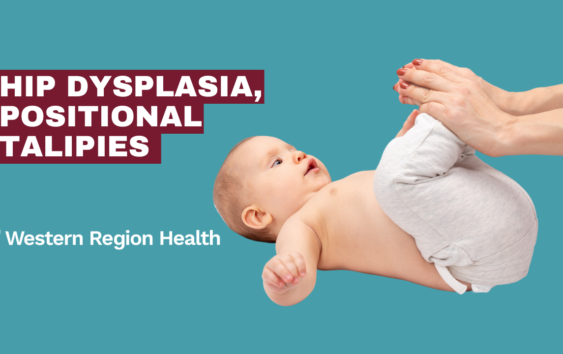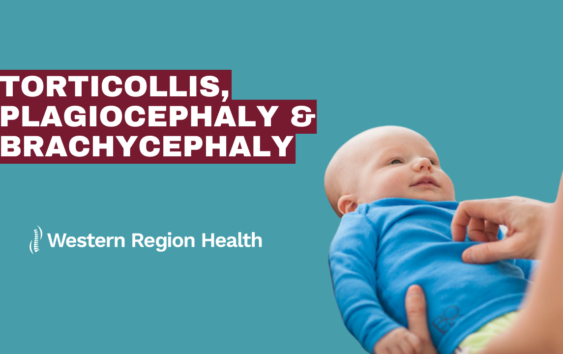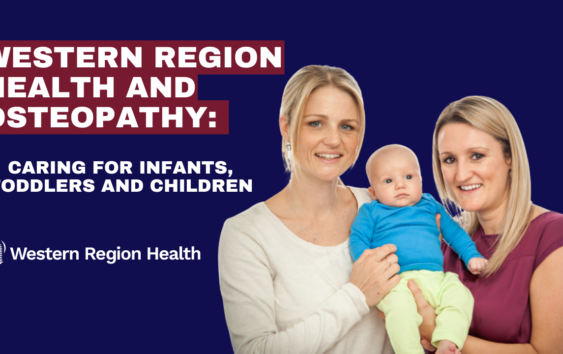General | March 31, 2021
What Is Persistent Pain?
Dr Peta Antonello- OSTEOPATH- B.Sc.(Clinical), M.H.Sc.(Osteo)
International Association for the Study of Pain (IASP) defines pain as ‘an unpleasant sensory and emotional experience associated with actual or potential tissue damage’.
Pain comes in many forms and in most cases resolves within ‘normal’ tissue healing timeframes. In some cases, pain can persist beyond what we consider as the norm. In these cases, pain is classified as chronic or persistent. Persistent pain effects 20% of people worldwide and in 2016 was the leading cause of disability and disease burden globally.
Chronic or persistent pain is defined by the IASP as ‘pain that lasts or recurs for more than three months’.
The neurophysiology of persistent pain can be best explained by a ‘miscommunication between the nerves, spinal cord and brain’. The phenomenon that occurs is the development of a hyper-sensitivity reaction through the central nervous system, usually after tissue healing has occurred. This feeds the manifestation of chronic pain as the nerves involved become overactive in response to stimuli with less provocation.
There are many factors that influence the incidence of chronic pain and therefore the ability to treat it effectively. This complex interplay of factors can be explained by the biopsychosocial model. The biopsychosocial model provides links between biological, psychological and social stimuli that can feed the development and persistence of chronic pain conditions.
More recent research into the facets leading to chronic pain has led to movement away from mainstream medical treatments as a sole option, and directed a new focus on a more holistic approach to combatting chronic pain presentations. In doing so, this helps address the biopsychosocial aspects of your life and how they are impacting your condition.
How osteopathy may be able to help you?
· Debunking myths about your pain and provide pain education.
· Goal setting (i.e. weight loss, 30 minutes of exercise per day etc.)
· Movement therapy (i.e. clinical Pilates, hydrotherapy) ‘motion is lotion’.
· Hands on osteopathic treatment.
· Referral to specialists for a team approach in combatting your individual chronic pain experience to ensure all facets of your presentation are addressed appropriately to get you back on track (i.e. psychologist, pain management specialist, exercise physiologist etc.)
VIDEOS:
· TedTalk: Lorimer Moseley : Why Things Hurt http://www.youtube.com/watch?v=C48f_Sen4d8
· Catalyst: When Pain persists http://www.abc.net.au/catalyst/stories/4427851.htm
References:
https://www.iasp-pain.org/PublicationsNews/NewsDetail.aspx?ItemNumber=8340
https://bjanaesthesia.org/article/S0007-0912(19)30227-2/pdf
https://www.ncbi.nlm.nih.gov/pmc/articles/PMC4530716/pdf/tacca1260000167.pdf
https://www.ncbi.nlm.nih.gov/pmc/articles/PMC4450869/pdf/jop-156-1003.pdf
https://www.physio-pedia.com/Pain_Neuroscience_Education_(PNE)


